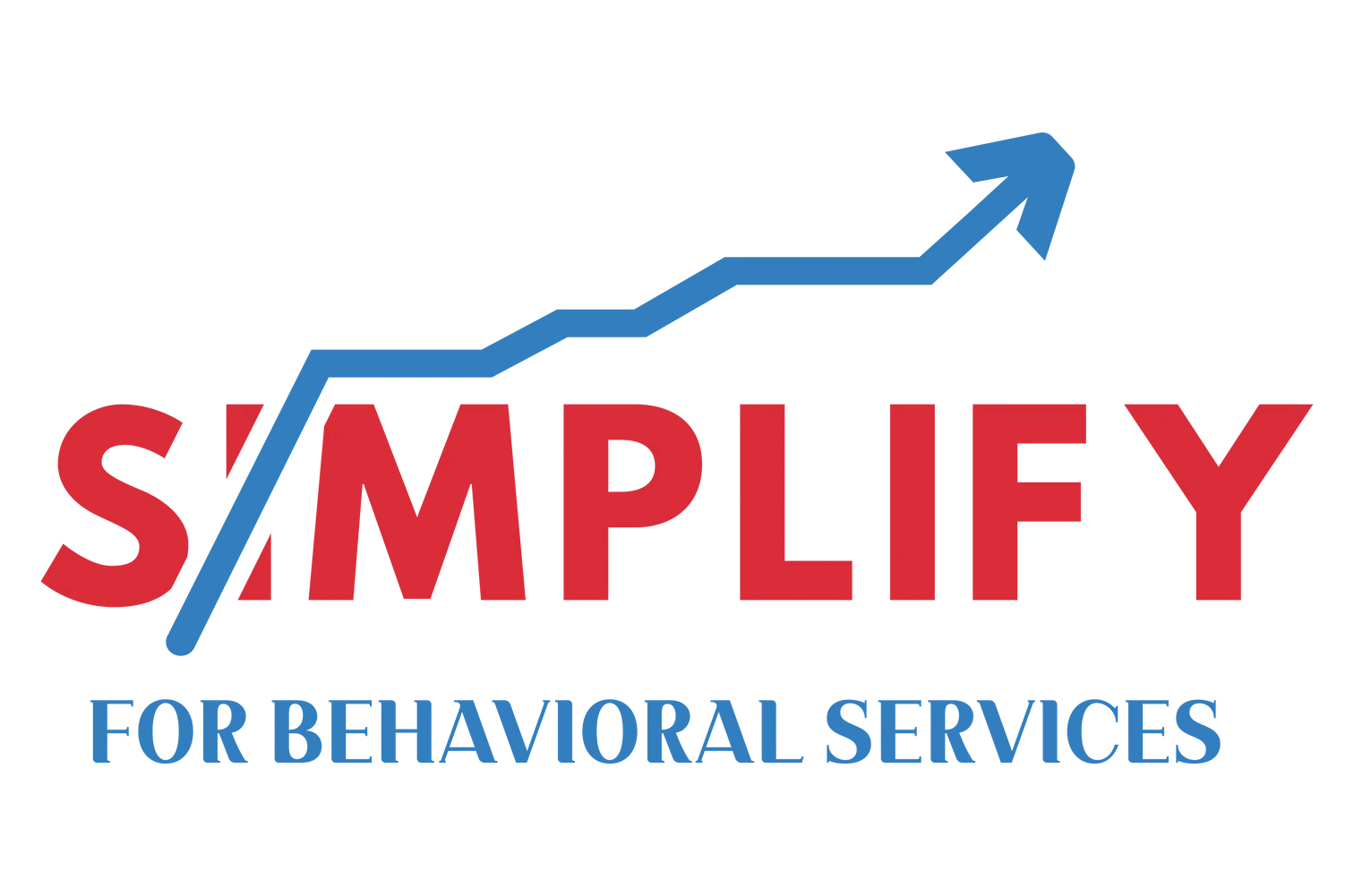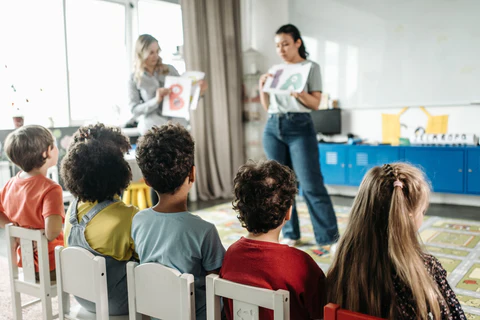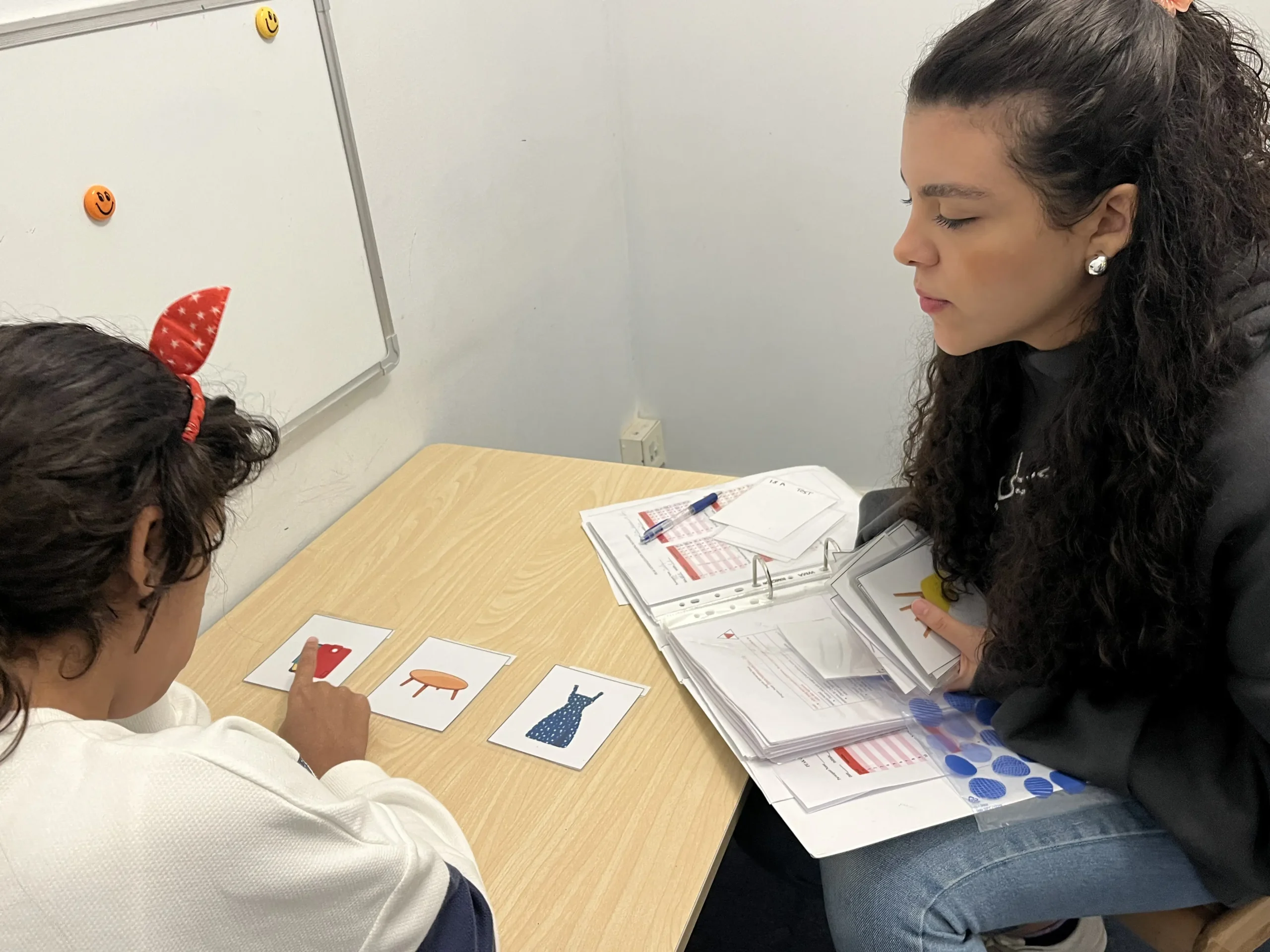
Discrete Trial Teaching
Discrete Trial Teaching (DTT) is an evidence -based strategy that is commonly used in ABA programs. Lots of research has been done on this procedure and proven its effectiveness. This type of teaching uses a structure way in arranging the environment, it provides the child with lots of opportunities to respond throughout his time in Simplify. For example, if we are working on teaching the child to say “car” in the presence of a toy car, the ABA therapist will say “Car”, then, when the child responds correctly or with assistance, we provide reinforcer. The ABA therapist repeats this procedure and provide the child with multiple opportunities and fade out the prompt until the child says “Car” independently without help.
Naturalistic Environmental Teaching
This procedure depends on the child’s initiation. The ABA therapist wait for an initiation opportunity from the child (this could be in the form of approaching, pointing, walking towards, or looking at a preferred item/edible) then prompt that response. When the child responds, the item that the child asks for will be delivered immediately to him/her. This method depend on the child motivation. For example, if the child likes coloring, the ABA therapist will arrange the environment in a way that the child asks for his favorite color instead of just taking it from the cup. By doing this, the ABA therapist capture the opportunity to let the child interact with her to promote interaction and learning.
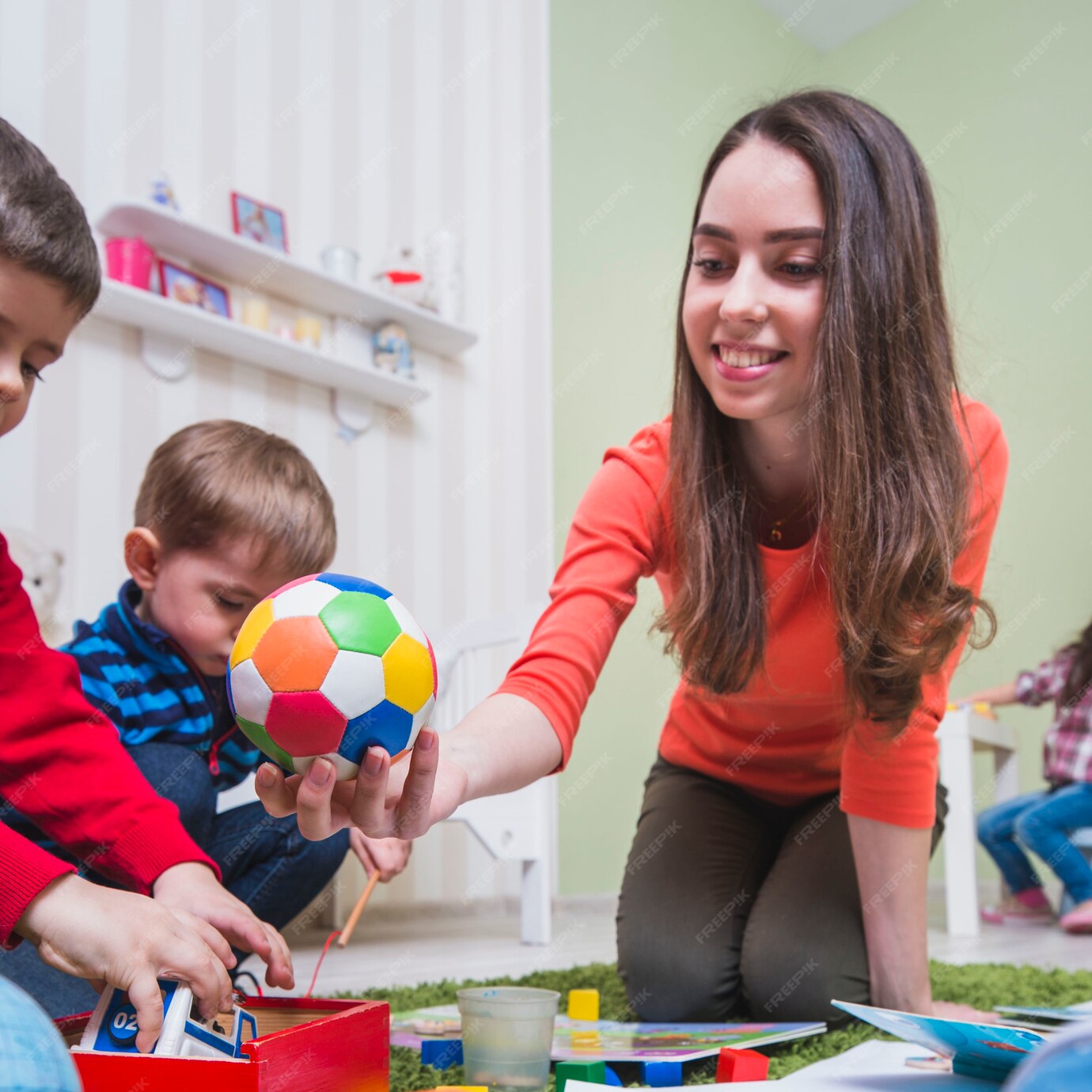
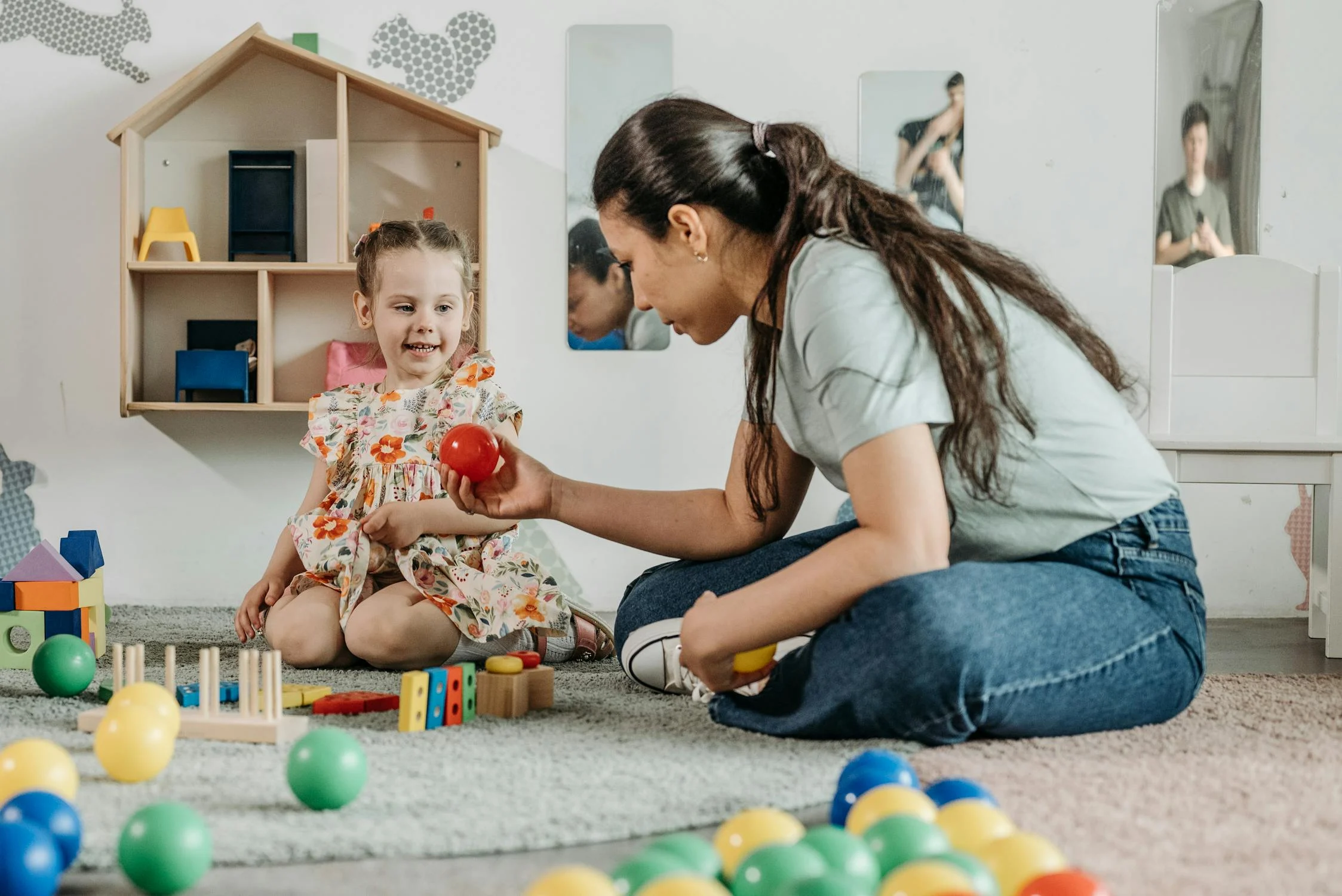
Functional Communication Training
Functional Communication Training (FCT) focuses on teaching the child alternative behavior instead of engaging in problematic behavior to get access to his/her preferred item or to get rid of the things that he/she does not like. For example, if the child screams to get access to popcorn, we teach him to request popcorn in a socially appropriate manner then deliver the popcorn.
Shaping
Shaping involves reinforcing successive approximation towards terminal goals. For example, if the goal is teaching the child to say “ball”. First, we reinforce saying, “b”, then reinforcer saying “ba” then reinforce saying, “ball”.


Chaining
This method involves breaking down complex behaviors into simple smaller steps in order to be easily to teach our learners such as brushing teeth, getting dressed, washing hands, assemble toys, etc.
Visual Supports
Children under the autism spectrum disorder learn better in the presence of visual support such as an object, a picture, cue, signal, etc. This visual support function as reminder for correct responding.

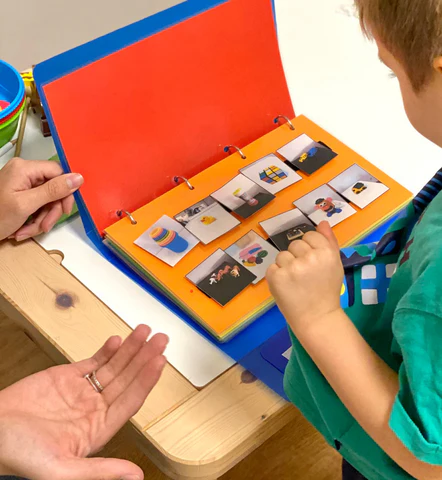
Picture Exchange Communication System
Picture Exchange Communication Systems (PECS) is an alternative communication system developed in the USA in 1985 by Dr. Andy Bondy, PhD and Lori Frost, CCC-SLP. The primary goal for PECS is teaching functional communication. Many kids who learn to use PECS learn to speak too. Using PECS will not hinder speaking, this is a misconception about PECS. PECS involves six phases, that must be implement sequentially.
Radwa Eltanab , M.S., BCBA completed PECS level 1training
